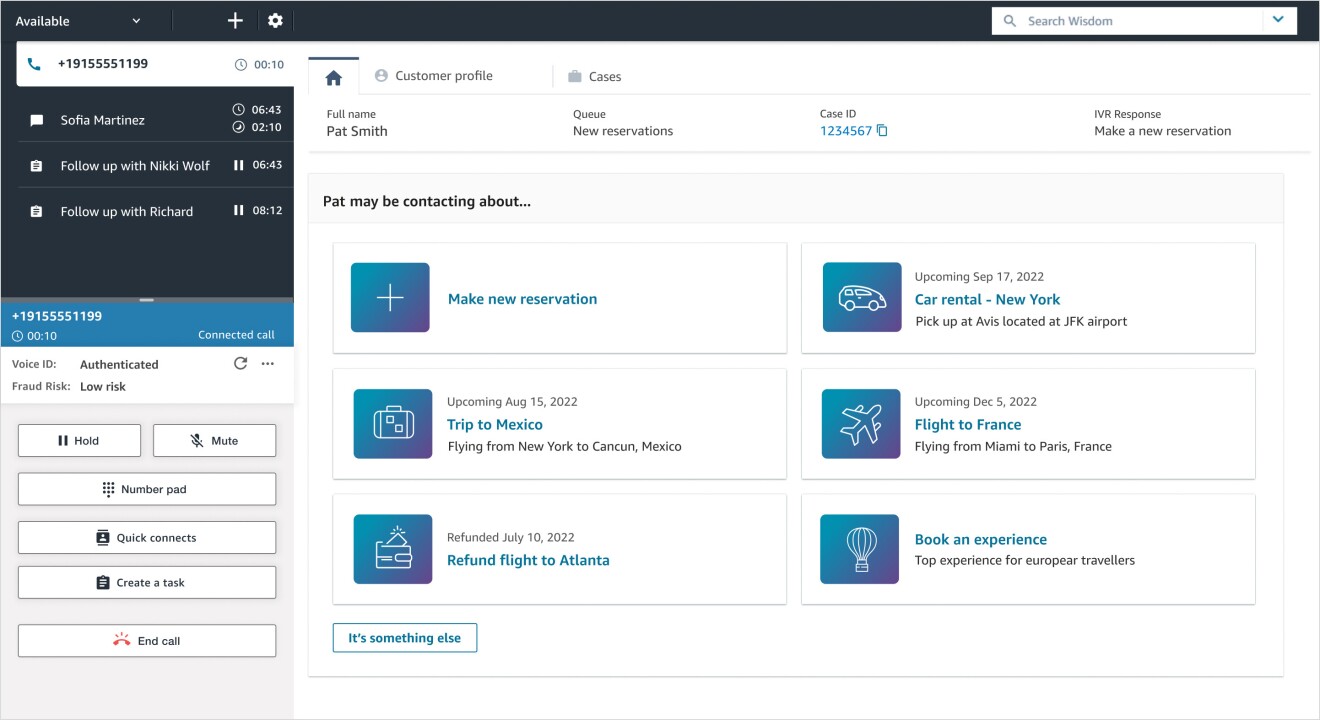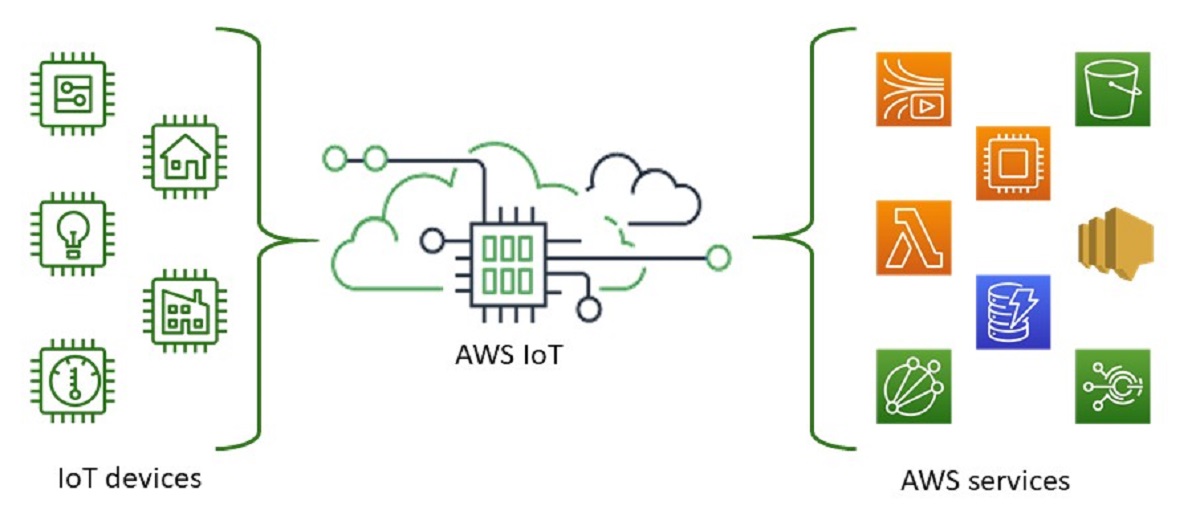Amazon Web Services (AWS), the cloud computing subsidiary of Amazon, has announced a new identity service called Amazon One Enterprise. This service allows companies to authenticate individuals when entering physical premises. The unveiling of Amazon One Enterprise took place at the annual Re:Invent conference held by AWS in Las Vegas this week.
Key Takeaway
AWS, through Amazon One Enterprise, introduces a palm-scanning authentication service for enterprises, allowing them to authenticate individuals entering physical premises. This technology expands on Amazon’s existing biometric payment system, and companies can deploy contactless authentication devices in various locations. Amazon One Enterprise has the potential to replace multiple forms of identification, improving security and convenience.
Expanding on Existing Technology
Amazon One Enterprise builds upon the existing Amazon One offering, which was launched in 2020 to enable biometric payments in Amazon’s cashierless stores. Customers of Amazon Go stores can associate their payment cards with their palm prints, allowing them to enter and complete transactions by scanning their hand.
Despite concerns about the management and processing of biometric data, Amazon has continued to invest in this technology. To encourage customers to enroll their palm prints, the company has offered cash incentives and expanded the service to all its Whole Foods stores in the US. They have also formed partnerships with third-party retailers.
Benefits for Enterprises
Amazon One Enterprise is a logical extension of this technology, leveraging Amazon’s position in the enterprise software stack and dominance in the cloud infrastructure market. Even with the rise of remote work, companies still require their employees to be physically present in the office at times. With Amazon One Enterprise, companies can implement contactless authentication devices in various locations, such as office foyers, universities, and airports.
This technology can also be used to control access to restricted software and data, such as financial or HR information. Amazon One Enterprise could potentially replace multiple forms of identification, including badges, access fobs, and passwords or PINs for software access.
Installation and Enrollment
Companies interested in implementing Amazon One Enterprise can choose between two scanning devices. There is a standalone device that can be embedded at entry points, such as doorways or barriers, as well as a pedestal-mounted device that can be placed anywhere. Employees must enroll using their physical badge and associate their palm print with their profile. For software authentication, if the usual method is a password or PIN, they can also link their palm print with those credentials during enrollment.
Amazon stresses that Amazon One Enterprise is separate from the retail store authentication system and offers enterprise-grade data privacy. Palm prints used for enterprise authentication cannot be used for payments in retail locations. Amazon stores users’ palm prints and badge IDs on AWS Cloud, with the option for individuals to delete their biometric data through an Amazon One enrollment device. Data is automatically deleted if users do not interact with an Amazon One Enterprise device for two years. The preview of Amazon One Enterprise is currently available for US customers.

























